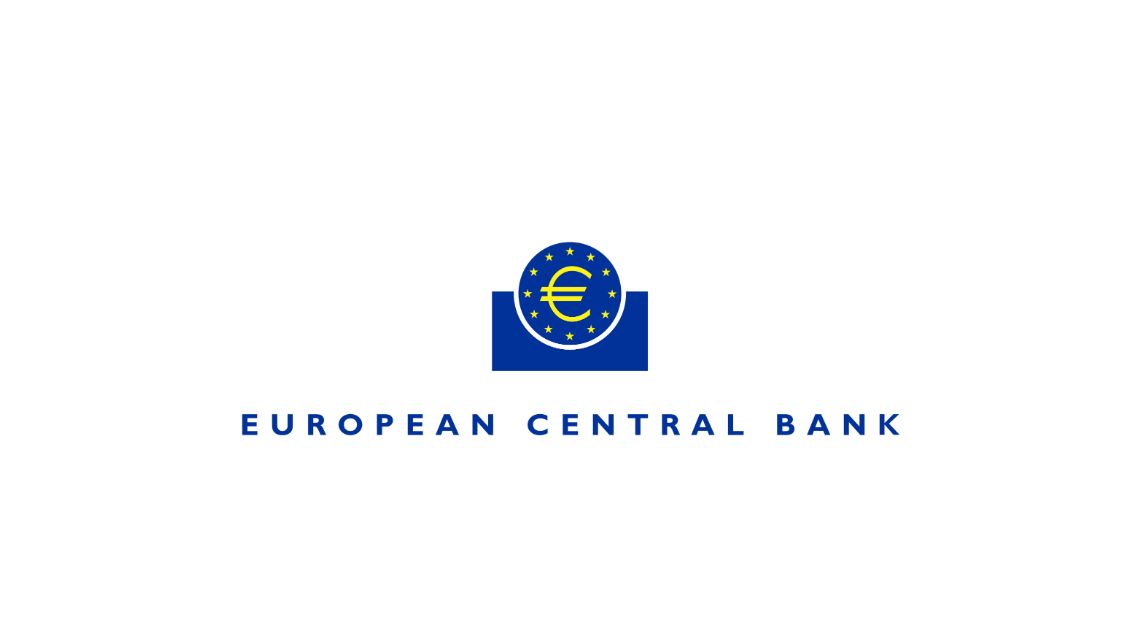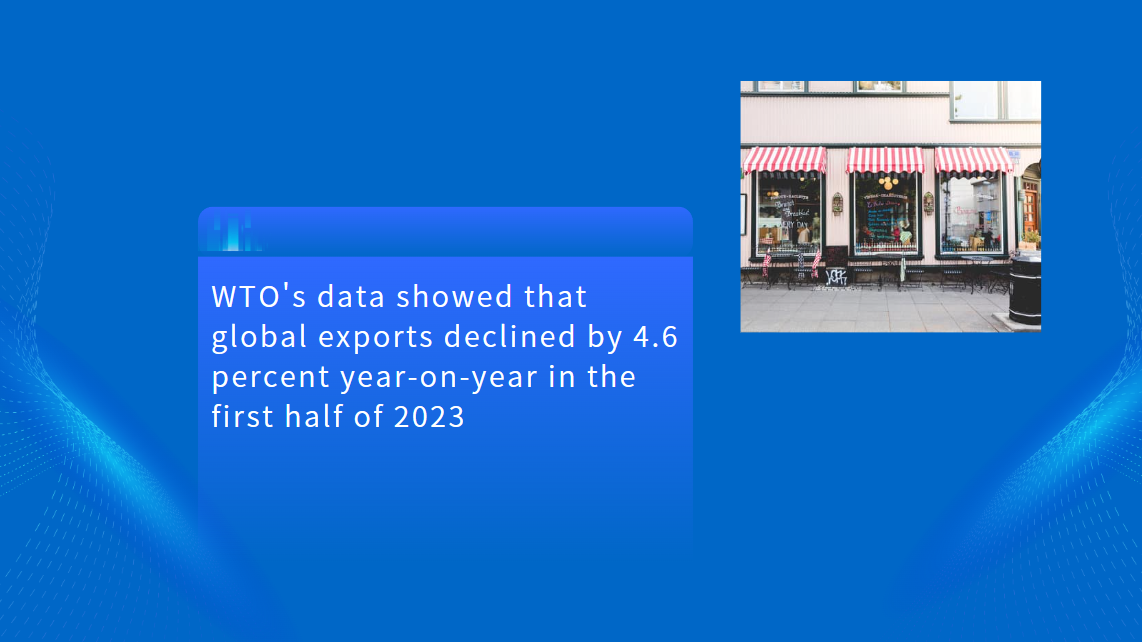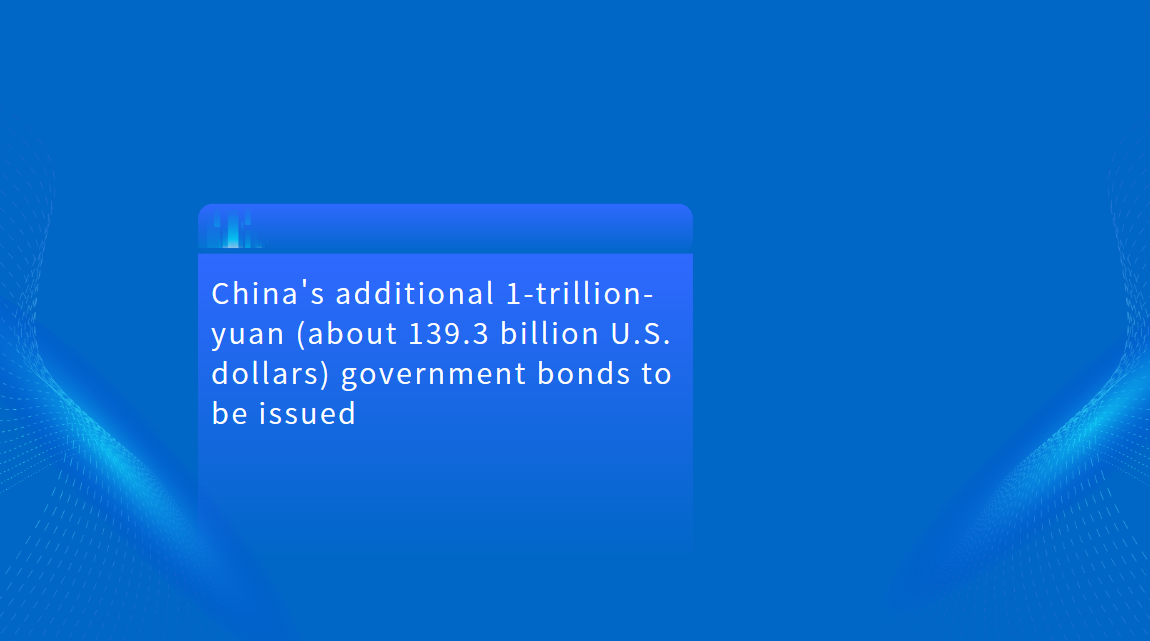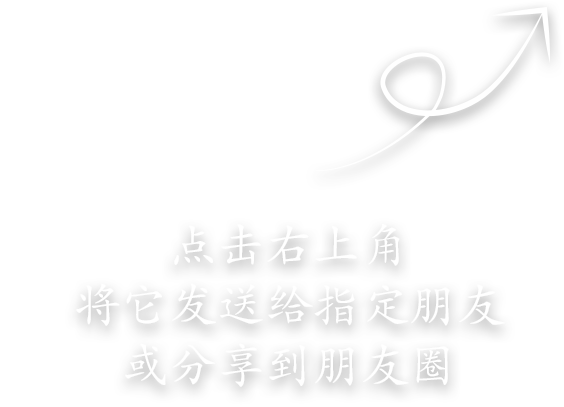China and Switzerland Begin FTA Upgrade Talks — A Strategic Bridge for Global Capital and Innovation
In May, the two countries launched formal negotiations to upgrade their FTA, signaling not just a reaffirmation of their bilateral commitment, but also a timely response to the rising tide of protectionism around the world. Against this backdrop, an enhanced China–Switzerland FTA may become a rare beacon of openness — and a practical tool for global investors looking to future-proof their operations.
The original agreement, signed in 2013 and in effect since 2014, marked China's first FTA with a continental European economy. Over the past decade, bilateral trade has expanded steadily, reaching $59.5 billion in 2023, up 4.4% year-on-year, with a further 29.6% surge recorded from January to May 2024. These are not just numbers — they reflect the tangible momentum of real-world commercial exchange.

Swiss precision, Chinese scale
Pharmaceuticals, watches, and high-end machinery dominate Switzerland's exports to China, while Chinese exports — including electronics, textiles, and chemicals — have become integral to Swiss manufacturing and retail. Yet both sides now see room for more: from easing access in sensitive industries like precision instruments, to laying down clearer digital trade rules that reflect the new economy.
Swiss Economic Minister Guy Parmelin noted in a recent interview that e-commerce, digital services, and advanced manufacturing are ripe for further liberalization. “More can be done, especially in sectors like watchmaking and machinery,” he said. “E-commerce is another area with great potential, particularly under the WTO framework.”
An investor's perspective: From tariff savings to legal certainty
The numbers tell their own story. A 2023 report from the China–Switzerland Economic and Trade Research Center found the FTA's utilization rate climbed from 58% to 71%over five years. In 2022 alone, Swiss companies saved $220 million in tariffs, a threefold increase compared to 2018. For firms operating across borders, such savings go beyond margins — they enable pricing flexibility, faster market entry, and capital reinvestment.
Meanwhile, investment ties have deepened. As of end-2023, Swiss companies had invested over $10.4 billion in China across more than 2,300 projects, while Chinese firms committed $9.2 billion in Switzerland. Beyond the headline figures, thousands of tech partnerships — including over 2,600 Swiss technology projects introduced to China — point to a mutually reinforcing innovation loop.
Financial ties tighten through the Stock Connect
Zurich is fast becoming a financial gateway for Chinese firms. Since the launch of the China–Switzerland Stock Connect, 17 Chinese private enterprises have listed in Zurich, adding depth to Switzerland's capital markets and offering Chinese issuers global visibility. For foreign bankers and capital market professionals, this bilateral mechanism is not only a financing channel, but a template for next-generation stock connect platforms in Europe.
What's next: Building a 21st-century rules framework
While 90% of goods already enjoy zero tariffs, the FTA upgrade is expected to move into deeper regulatory alignment: data governance, intellectual property, investment dispute mechanisms, and customs digitization.
For legal advisors, compliance experts, investment officers, and supply chain strategists, this may translate into simplified processes, stronger legal certainty, and more predictable cost structures — all invaluable in the current geopolitical climate.
As Yan Shiqiang, a researcher at the Chinese Academy of International Trade and Economic Cooperation, puts it: “In a time of global fragmentation, China and Switzerland's commitment to a high-standard FTA shows how middle powers can lead by example — not by volume, but by rules.”
A blueprint for EU–Asia economic cooperation?
The upgrade is more than bilateral — it may offer a blueprint for EU–Asia economic convergence. As companies recalibrate their global supply chains, particularly in healthtech, clean energy, and advanced manufacturing, a rules-based FTA between two sophisticated economies could become the soft infrastructure that underpins long-term strategy.
By 2025 — the 75th anniversary of China–Switzerland diplomatic relations— both governments aim to expand dialogue into finance, energy, and education, reinforcing the FTA's role as a pillar of broader cooperation.
For global multinationals, this is not a deal to overlook. It's a window into how the next generation of trade agreements may be structured — and where the real opportunities may lie.





















































First, please LoginComment After ~